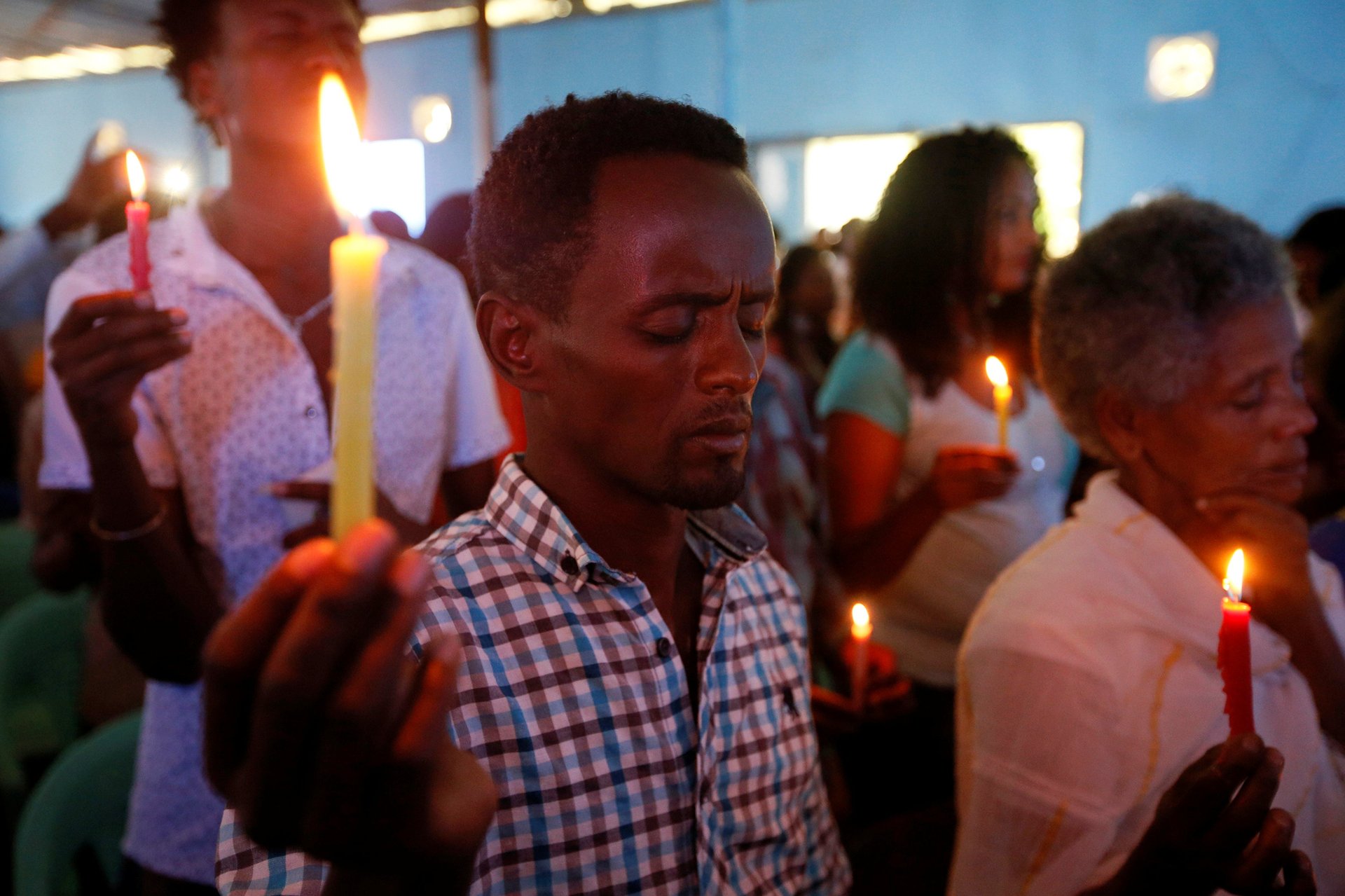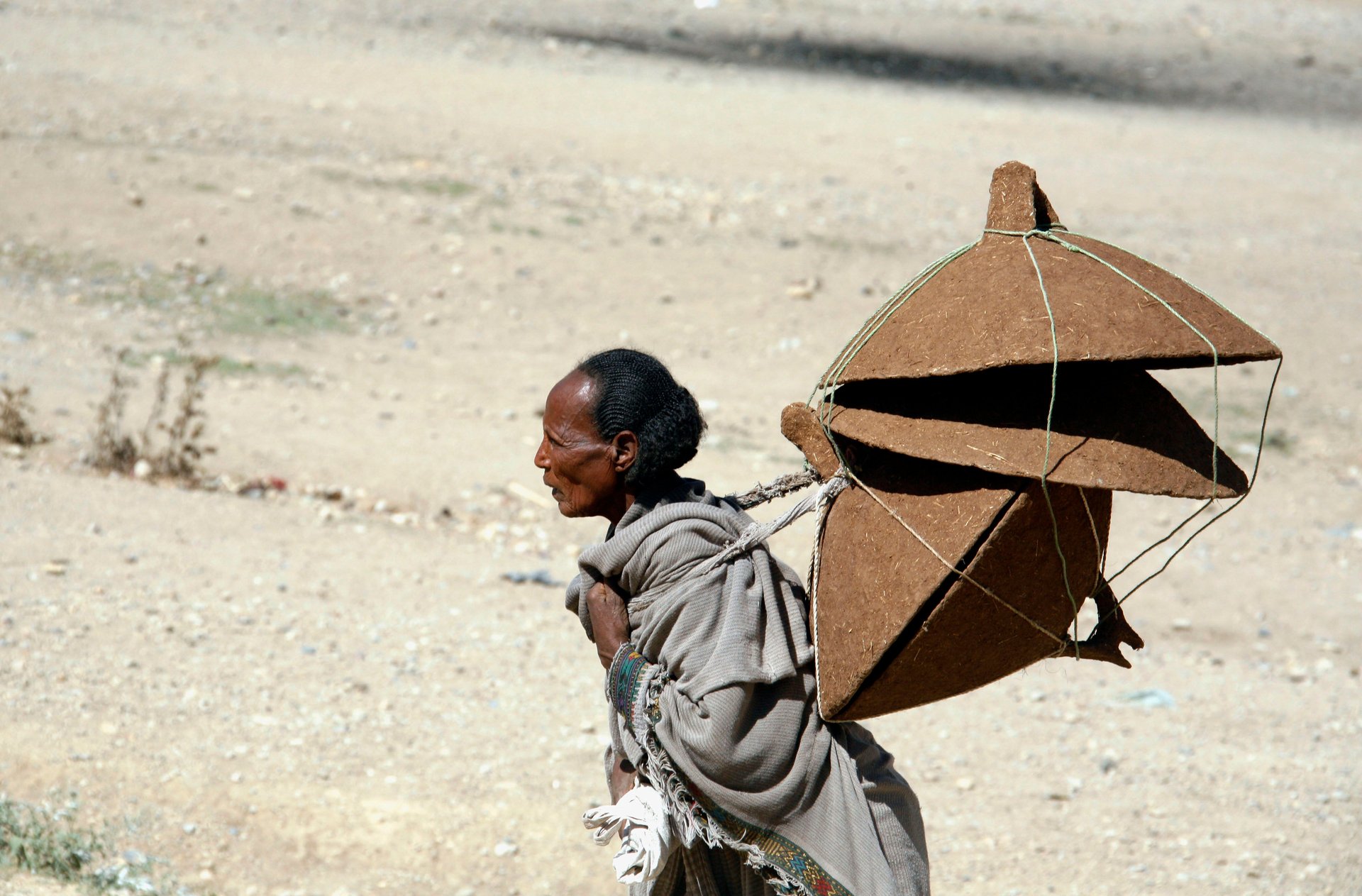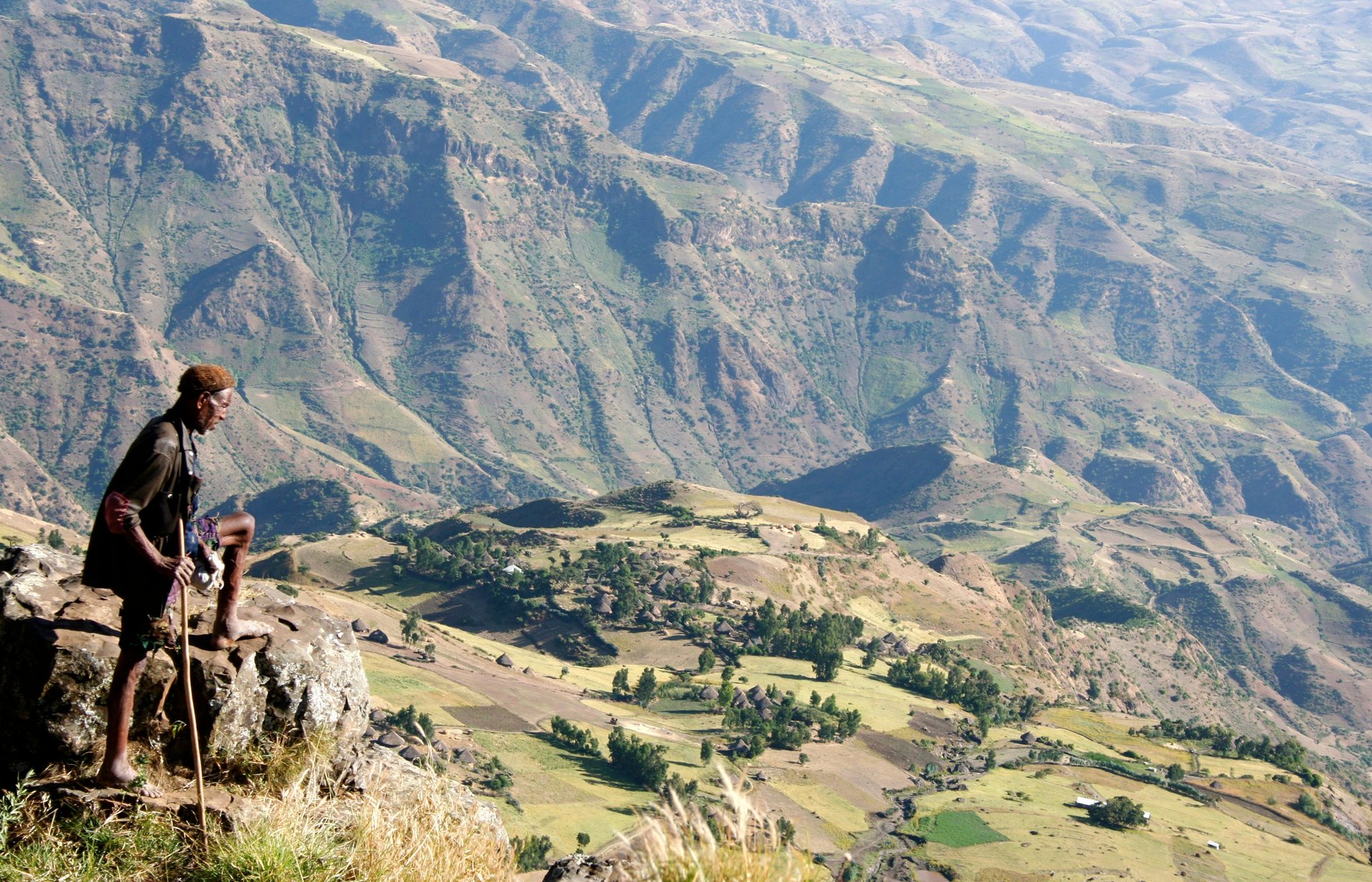Ethiopia’s crisis is a result of decades of land disputes and ethnic power battles
When anti-government protests rocked Gondar city in northern Ethiopia in July, ethnic Tigrayans living in the Amhara region started fleeing. For a quarter of a century, the Tigrayans, who make up only 6% of the country’s over 100 million population, have enjoyed disproportionate influence and representation in government.


When anti-government protests rocked Gondar city in northern Ethiopia in July, ethnic Tigrayans living in the Amhara region started fleeing. For a quarter of a century, the Tigrayans, who make up only 6% of the country’s over 100 million population, have enjoyed disproportionate influence and representation in government.
But as the latest wave of protests intensified, ordinary Tigrayans in the Amhara region were now reportedly saying that their homes and businesses were being attacked because of their perceived affiliation with the government. The protests, which started in Nov. 2015, were largely fronted by the Oromo and Amhara communities, and the ruling party was yet to budge on both communities’ demands for expanded political, economic and human rights.
The violence against the Tigrayans because of their ethnic association, however, marked a turning point for the Horn of Africa nation. Ethiopia, a bastion of stability in a tumultuous region, had for years proved to be resilient and achieved impressive economic growth. But the attacks highlighted how historically, the struggle for political space in Ethiopia has always folded into a battle over land, religion, language, demography, and yes, ethnicity.
For smallholder farmers in Ethiopia, land is a marker of identity, the main source of income and an asset for transfer in the form of wealth to future generations. But for centuries, elites and state machinery have used land as an instrument of social and political control. In the late 1880s, Emperor Menelik II annexed Oromo territories in search of arable lands. His successor, Emperor Haile Selassie, also gave out land to members of the nobility in exchange for loyalty, and his reforms of the system of land tenure later were criticized as slow. When he was overthrown in 1974, the Communist Derg government led by Mengistu Haile Mariam nationalized land, and as the sole landlord gave people in rural areas access to farming land.
In 1975, under the leadership of the Tigrayan People’s Liberation Front, Tigrayans started a protracted rebellion against the military government. In 1991, they helped topple the Amhara-dominated government of Mengistu Haile Mariam, replaced it with one filled with Tigray. The new constitution, which came into effect in 1995, vested the right to overall land ownership in the government on the pretext that it protected farmers against capitalist land-grabbers
In 2005, a new law transferred the power of land authority from the various regional states to the federal government, and inadvertently broadened the rights of smallholder farmers. This coincided with the Ethiopian government’s push to lease large swaths of land to foreign investors and private interests in exchange for jobs and infrastructure development–a move that was described as heralding agro-imperialism. The rush also fueled unbridled corruption, displaced thousands of people, and millions of acres of Ethiopia’s most fertile land was made available to investors without the consent of the indigenous groups that lived on the land.
The suspicion and anger over the land grab were brewing when in 2014, the Tigrayan-dominated ruling coalition designated a plan to increase the size of the capital Addis Ababa twenty-fold. The Oromo community said the development plan extended into their region, violated the principles of federalism under Ethiopia’s constitution, and had the potential of displacing millions of people. The expansion would have required closing schools, and for the Oromo, this triggered memories of pre-1991, when their language was banned and the state oversaw a project of forced cultural assimilation. After 140 students and farmers were killed in anti-government protests, the government scrapped the plans in early January.
The Oromos nonetheless continued the protests–joined in by ethnic Amharas–and the expanded crackdown led to the death of more than 500 people–a figure the government recently admitted. To pressure the government into change, the protesters attacked foreign agribusiness investments, much of which are concentrated in Oromia, Ethiopia’s most fertile region. In a move to quell the protests, prime minister Hailemariam Desalegn announced electoral reforms and promised greater ethnic representation in the military and a reduction of corruption in regional administrations.
“His proposed reforms are unlikely to fully satisfy protesters,” Emma Gordon, the senior Africa analyst with global risk consultancy Verisk Maplecroft, said. The protesters she said, “have called for more sweeping concessions to reduce the dominance of the ethnic Tigrayan minority and to lessen the power of the security forces.”

As Ezekiel Gebissa, a professor of history and African studies at Kettering University, recently wrote, Tigray leaders didn’t build alliances with other parties and communities, and slighted the Oromos and Amharas, who together make up 61% of the population. “From the start of their rule, party leaders understood that the survival of Tigray depended on people migrating south [Oromia] and wealth migrating north [Tigray].”
Over the years, the government also took critical steps to consolidate its power and ensure a one-party, minority rule: by dominating political life by winning 100% of parliament seats, trying journalists under a draconian anti-terror law, outlawing most human rights work, and staffing the military with members of the Tigray.
In Gondar, the Tigrayans suffered because “decades of mistrust, decades of grievances, and perceptions and even aspirations” from other communities came to the fore, Daniel Berhane, founder of the online magazine Horn Affairs, said. Berhane said the problems facing Ethiopia–sociocultural, political and economic–will not be solved easily, and the government should use its platform to encourage communication and cooperation.
For now, the protests aren’t helping anyone. The unrest has triggered a collapse in tourism, even though Ethiopia was voted the world’s best tourism destination in 2015. Analysts say investors will also need to see indications of long-lasting reforms before they commit to new ventures. The unrest is also dividing the country with Tigrayans being held collectively responsible for the ubiquity of TPLF dominance.

This is also happening among the diaspora. Taddese Zicke, a non-Tigrayan computer and software analyst who lives in Minnesota, said that Tigrayans “often viewed with suspicion, are constantly forced to reaffirm their “Ethiopiannesss” by denouncing government corruption and nepotism, regardless of party affiliation.”
Gordon says that even though the government will survive the next year, the protests have significantly undermined the ruling coalition, and genuine stability will take years to recover. But Ethiopia’s Tigray-dominated regime could help reverse an unfortunate outcome by looking back and heeding the message of history.